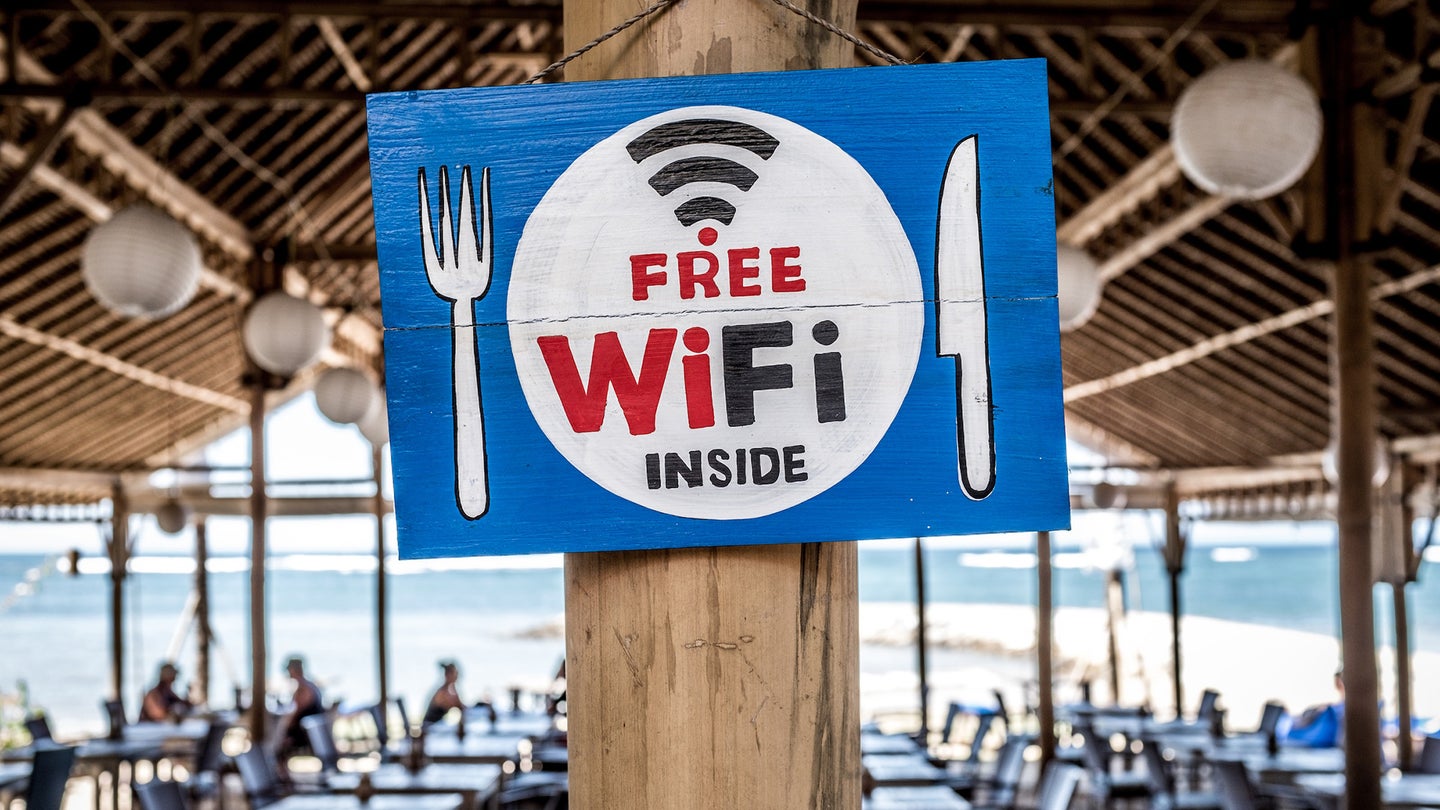
If you’re in the market for a new wireless router, smartphone, or other device that relies on WiFi to connect to the internet, you’re probably looking at something that uses WiFi 5 or WiFi 6. These are the two most common WiFi standards available right now, and you should know which one is better for you—before you spend any money.
Next year, however, WiFi 7 is due to be released, and this new generation will be more than twice as fast as WiFi 6. But before that happens, let’s dig into the key differences between WiFi 5 and WiFi 6.
What is WiFi 5?
WiFi 5 is the fifth generation of the WiFi wireless local area network standard. It’s technically called IEEE (that stands for Institute of Electrical and Electronics Engineers) standard 802.11ac, but WiFi 5 is a lot catchier and easier for consumers to understand, so it was retroactively renamed by the Wi-Fi Alliance.
Released in 2013, WiFi 5 was a significant improvement over IEEE standard 802.11n, or WiFi 4. Since then, WiFi 5 support has become incredibly common in wireless devices and routers. WiFi 5 allows devices to transmit data over the 5 GHz wireless frequency band at theoretical speeds of up to 3.5 Gbps, though it is more realistic to get speeds of more than 1 Gbps under ideal conditions.
[Related: How bits, bytes, ones, and zeros help a computer think]
WiFi 5 relied on a number of new and improved technologies to achieve its faster, more reliable speeds. It supports channels up to 160 MHz wide; it is multi-user, multiple input, multiple output (MU-MIMO); and can do beamforming, in which a WiFi signal is directed toward specific receiving devices rather than radiated out in every direction.
Still, at almost a decade old, WiFi 5 is far from being the state-of-the-art wireless standard.
What is WiFi 6?
Released in 2019, WiFi 6, or IEEE standard 802.11ax, is the sixth generation of WiFi. It was designed to improve on WiFi 5 by offering faster speeds across multiple devices, especially in high-density environments like offices, schools, and cafés, although this can also matter if you have a lot of smart home gear plus a few children with smartphones and laptops all trying to use the internet.
While WiFi 6 is generally designed to make WiFi more efficient, it does allow for faster connections. While WiFi 5 had a maximum theoretical data rate of 3.5 Gbps, WiFi 6 has a theoretical maximum of 9.6 Gbps.
Using both the 2.4 GHz and 5 GHz wireless frequency bands, WiFi 6 is backwards compatible with both WiFi 5 and WiFi 4 devices. It also supports other improvements like orthogonal frequency-division multiple access (OMFDMA), where different devices get assigned their own channel for more efficient data transfer; Target Wake Time (TWT), which allows devices to save battery life by automatically switching off WiFi connections when they’re not being used; and it supports WPA3 encryption, which enables more secure WiFi connections.
All told, WiFi 6 allows for more devices to get faster, more stable internet connections on the same local network than WiFi 5.
What are WiFi 6E and WiFi 7?
WiFi 6E is an extended version of WiFi 6 that also uses the 6 GHz wireless frequency band, which allows for faster speeds with a more limited range. It was released in 2021.
Due to be released in 2024, WiFi 7, or IEEE standard 802.11be, is designed to allow for significantly faster wireless connections and will have a theoretical maximum data throughput of 46 Gbps.
Which is best: WiFi 5 or WiFi 6?
Right now, WiFi 5 is looking increasingly dated. While you can still get routers that only support WiFi 5, you are locking yourself out of almost a decade of technological improvements.
Although WiFi 6E and WiFi 7 both offer improvements over WiFi 6, neither is widely supported. You can get a WiFi 6E router now and the first WiFi 7 routers have been announced, but they’re all pretty expensive and most devices don’t yet support the new standards.
[Related: How to check which apps are hogging your WiFi]
That leaves WiFi 6 as the best option for most people. WiFi 6 devices are affordable, widely available, and will likely be supported for years to come. So, if you’re shopping for a router, it’d be best to look out for the WiFi 6 logo.
The post WiFi 5 vs. WiFi 6: Which should you choose? appeared first on Popular Science.
Articles may contain affiliate links which enable us to share in the revenue of any purchases made.
from | Popular Science https://ift.tt/qUlAsXz




0 Comments